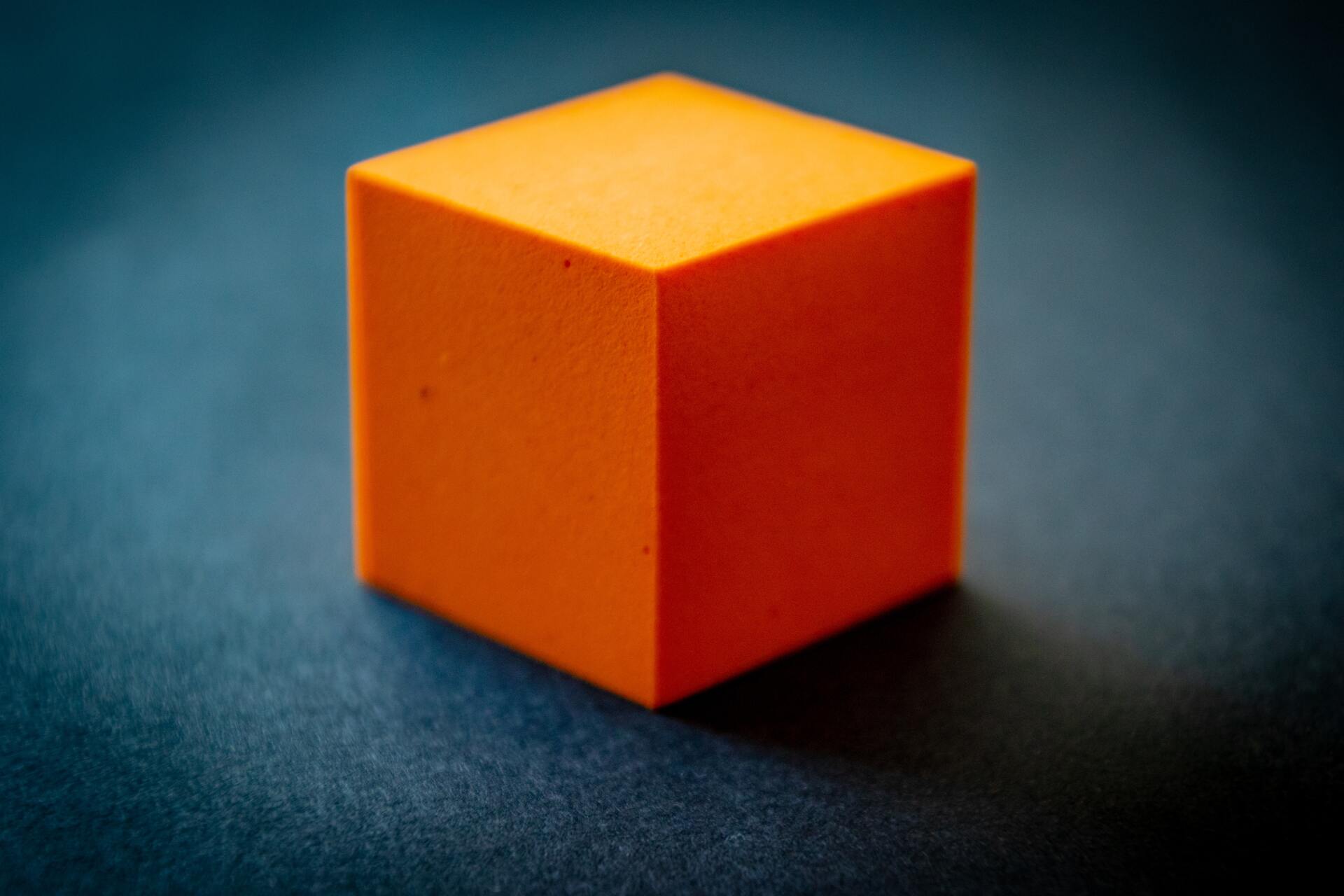Chapter 13
Blockchain layers explained
You may have heard people mention different layers of blockchain in relation to Web3, p2p networks, decentralized applications, cryptocurrencies, and tokens. What's going on with that? What’s up with the layered structure of the blockchain, and how does blockchain technology utilize them? Well, let's begin.
There are different levels in a blockchain,
and each layer has unique properties.
Some blockchain experts claim that there are five levels to the blockchain architecture:
- Infrastructure or hardware layer
- Data layer
- Network layer
- Consensus layer
- Application and presentation layer
Let's explore these 5 levels:
Infrastructure or hardware layer
This is the core of systems and hardware that keep it functioning. It's nothing more than a large network of devices connecting P2P (peer to peer) with one another, exchanging data and information. The hardware component that runs the client software and randomly validates transaction data is known as a node in the blockchain.
Data layer
This is where information or data stored on the network is managed. When a certain number of transactions are authenticated by nodes, the data is bundled into a data-block, uploaded to the blockchain, and linked to the previous block of data. Only the first data-block (also known as Genesis Block) isn’t linked to a previous data-block. A private key and a public key are used to protect each transaction that is written on these blocks.
Network layer
The P2P framework allows various nodes to exchange transaction data to reach an agreement over a transaction's correctness. For quick communication, each node on the network must be able to locate other nodes. The network layer makes this "inter-node communication" possible. This layer also controls the formation of blocks, nodes, and insertion of blocks.
Consensus layer
This layer is tasked with maintaining the network rules that describe what actions nodes within the network should take to reach a consensus over the broadcasted transactions. Additionally, it handles the creation and validation of blocks.
Application and presentation layer
This layer makes it easier to use the blockchain for many different things. It consists of decentralised apps (dApps) and smart contracts. This layer serves as the blockchain's user interface and is basically what a user would run into while interacting with a blockchain network.
"We explore the blockchain one layer at a time"
- Jet
Each blockchain layer explained
Layer-0 (the scalability layer)
protocols solve 3 critical problems for Web3 development and adoption:
- Scalability
- Flexibility
- Interoperability
A layer-0 is a type of blockchain protocol that enables developers to launch multiple layer-1 blockchains that can be designed to each serve a specific purpose and cater to 1 or 2 dimensions of the scalability trilemma* as opposed to all 3.
*This is a series of trade-offs between decentralisation, speed/scalability, and security that a developer must make when designing a blockchain and constructing rules for its on-chain governance.
The 3 main components of a Layer-0 protocol are:
- The main chain
- Side chains / Para chains / Relay chains
- Cross-chain transfer protocol
Layer-1 (the transaction processing layer)
This layer-1 protocol, which includes several consensus mechanisms* like proof of work (PoW) and proof of stake (PoS) protects the security of the blockchain.
*See chapter 5 of our free guide for an explanation about proof of work (PoW) and proof of stake (PoS)
Layer-2 (the execution layer)
As the volume of transactions carried out on a blockchain grows, the initial layer of the protocol's vulnerabilities are frequently solved via off-chain (or third party) solutions. Also known as Layer-2 solutions. The first layer's qualities are not weakened by these solutions; on the contrary, they are enhanced.
Layer-3 (the service or application layer)
Since Layer-2 and Layer-1 solutions are closely related, developing interoperability protocols on a separate layer makes sense. Hello Layer-3!
This layer is made up of the different blockchain-based applications (dApps and decentralized autonomous organizations [DAOs]). They enhance separate blockchains with cross-chain capabilities to achieve real interoperability.
Conclusion
There are different levels in a blockchain, and each layer has unique properties.
You can gain a deeper understanding by learning about the construction of blockchains and the relationships among the different blockchain ecosystems, coins/tokens, and apps utilized or created by various parties. This will help you to make well considered decisions on when to utilize it or invest in it.
What People Say About Us

“Great guide. I always wanted to learn this!”
John Smit
“Love this free service. Can’t wait to read the next blogs about crypto insides!”
Mary Brown
“Not sure why I didn't discovered this website earlier. It’s super!”
Robert Wilson
Helping people, entrepreneurs & businesses to bridge the gap between the internet of today towards the revolutionary Web4 movement.
#TakeItBack
Support us
Support the free and independent movement!
with 5 Euro / Dollar you already help us enormously!
Bitcoin wallet:
bc1qtl0yyayrdy2p74xf52ts75tw2tl0aleehhtfjl
Monero wallet:
44gKNgXYMEfFFBR4J1ySmj161zYpMZdGZPH1D2mDnYHTPXLmv83d58CbF6uNWpDq1Vdgw1NLwkJNkR1NEmqmC5xa6ZzRehG
Ethereum wallet:
takeitback.eth







